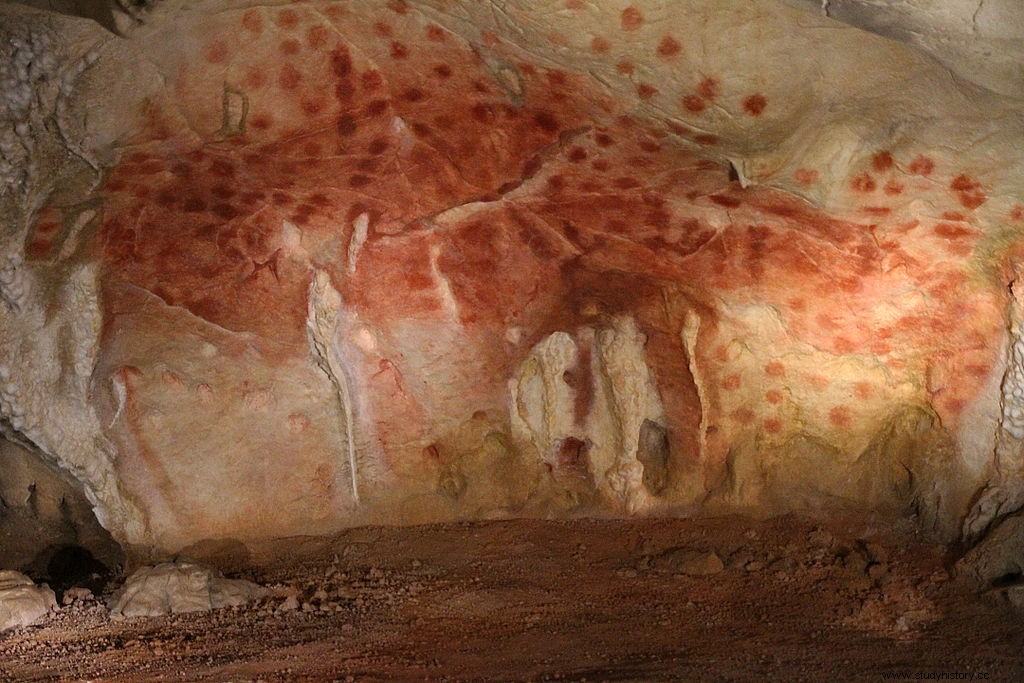Since the discovery of the Lascaux cave in 1940, all hopes have been raised again for researchers who are relaunching excavations. Thus, in Ardèche, many speleologists in the region have suspected for some time now the existence of a cavity in the heart of the Combe d'Arc. Indeed, the presence of a blower hole (current of hot air), proof that there is an underground cavity, suggests the existence of a cave.
1994

Characters
Jean-Marie Chauvet
Eliette Brunel
Christian Hillaire
Jean Clottes
Procedure
Jean-Marie Chauvet, since he learned of the existence of this blowing hole, keeps thinking about it and urges Eliette Brunel, also an amateur speleologist, to go there. So they left on December 18, 1994, joined by another speleologist, Christian Hillaire, hoping to discover a cave to explore. Eliette, who is the finest, leads the way. The echo is slow to return, and the light is lost... They know that the cavity is therefore lost in depth. Not without some difficulty, they reach the first room, then a second, and it is Eliette who first notices the lines painted on the walls. The beam of his lamp reveals mammoths, deer, rhinos, lions by the hundreds and animated animal scenes...
Once their discovery has been made, they call on the world specialist Jean Clottes to appraise the paintings. Accustomed to false discoveries, he nevertheless agrees to make the trip. The place is difficult to access because the explorers passed through a chimney in the cavity, the large entrance to the cave in the parietal era having been completely obstructed by the collapse of a cliff. Clottes is then overwhelmed by the "virginity" of this cave of several millennia. He was particularly captivated by the high artistic quality of the drawings, in particular by the panel of horses. There are, for example, a large number of felines, rhinos (64 whereas no more than 20 were listed in the world) and no less than fourteen different animal species! If the expert Jean Clottes dates at first sight these cave paintings from the years 26,000 BC, carbon 14 will date them from 36,000 BC, which is exceptional. Indeed, this cave turns out to be twice as old as Lascaux, already qualified in its time as the Sistine Chapel of parietal art... What about Chauvet?
Consequences
The discovery of the Chauvet cave, in 1994, completely upset the conception and development of the History of Art based on the paleontological discoveries made until then. Indeed, this cavity reveals that, from 36,000 BC, men mastered perspective! They use the relief of the cave and make animals of different sizes to signify distance and give an impression of depth. To preserve the cave, a replica was made in 2015, called Caverne du Pont d'Arc. On June 22, 2014, this absolute masterpiece of parietal art, unique in the world, both for its artistic quality and the quantity and diversity of animals represented, was listed as a UNESCO World Heritage Site.
